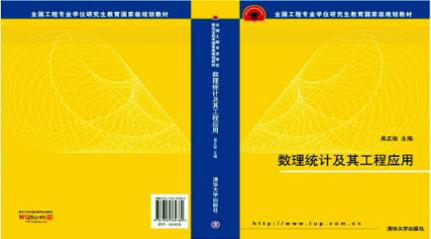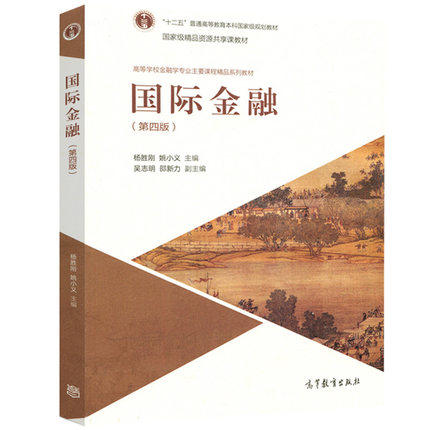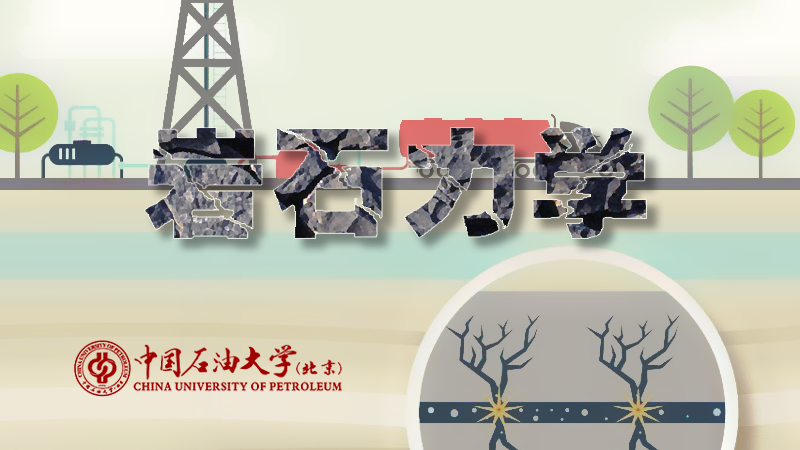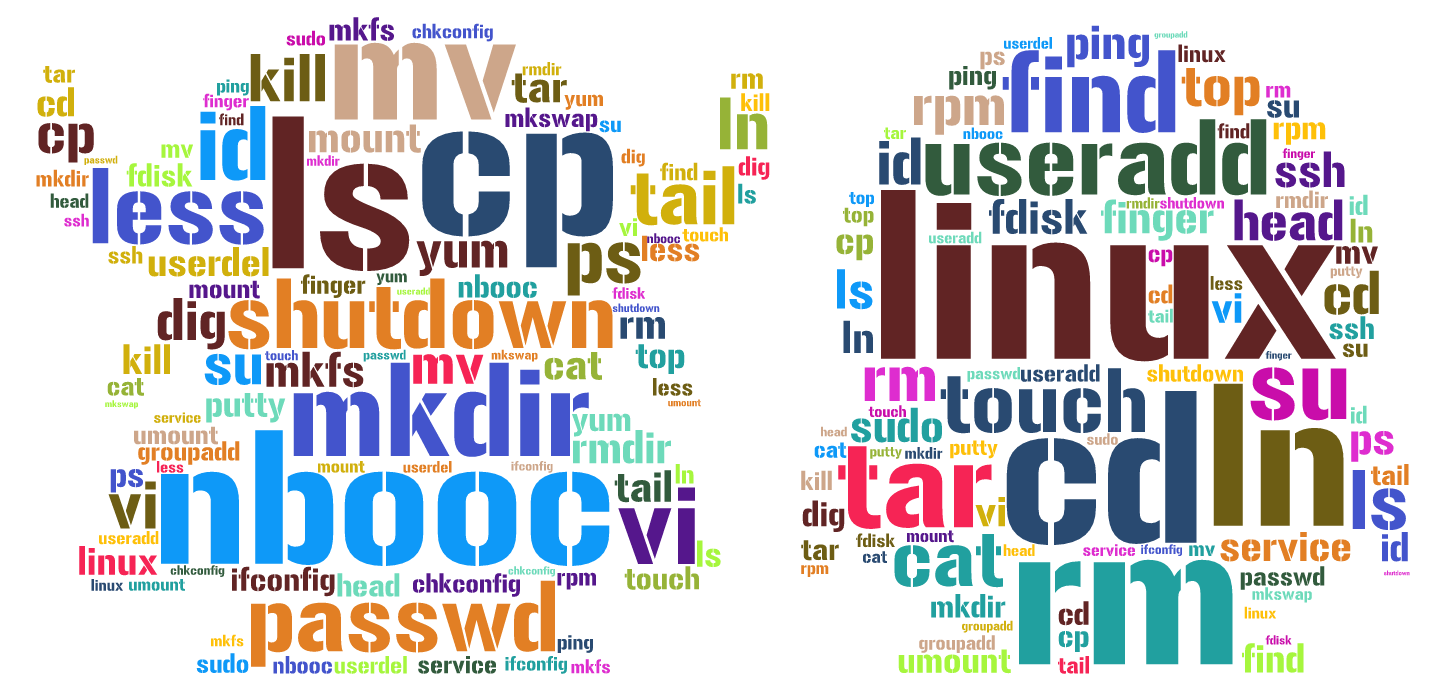
当前课程知识点:环境工程专业英语 > 6. Brief introduction of journal paper writing and publication > 6.14 Submission of academic paper(1) > 6.14 Submission of academic paper(1)
同学们好
我们开始今天的课程
今天我们将讨论
学术论文的提交和发表
第一部分是期刊的选择
在起草论文的初稿后
你可以考虑论文所要发表的期刊
当你选择期刊时
你可以大体浏览一下期刊的题目和内容
你也可以从同行那里获得相关信息
或是基于你在读文献时总结的经验
向合适的期刊提交论文是非常重要的
如果你选择的期刊不合适
你的初稿将在延迟数周或数月后退回
或者是受到不好的不公平的审查
或者即使你的论文发表了
也只会昙花一现
并隐没在同领域者所不阅读的出版物中
在选择投递期刊时
你应该考虑这三个影响因素
第一个是声望因素
考虑声望因素即意味着你应该
选择高质量的期刊而不是低级期刊
什么是高质量的期刊
即近年来发表了你所在领域最顶尖论文的期刊
这就是高质量期刊
此外那些主要科学学会出版的期刊
在你所在的领域有着悠久的历史
这些期刊通常是声望最高的
第二个因素是影响因子
什么是影响因子
影响因子是指
期刊上发表的每篇文章的平均引用次数
影响因子是判断期刊质量的合理依据
例如
我们可以在网站上看到《水研究》期刊的影响因子
我们知道
这是在环境工程领域很有名的期刊
影响因子可以基于该方程进行计算
K代表年
这部分代表
过去两年发表的论文数量
这部分代表
过去两年被引用的论文数量
我们可以看到
被引用的论文数量是非常重要的
来确定期刊的影响因子
现在我想介绍一下《科学引文索引》
也就是SCI
《科学引文索引》能够提供
对当前和回顾的文献作者摘要的查询
并引用了3700种涵盖100多个学科的
世界领先学术科技期刊中的文献
所以我们发表SCI论文
意味着这些期刊可以
从《科学引文索引》获得
最后一个因素是出版频率因素
期刊发表的频率可能是
每月一次或每季度一次
现在很多期刊是半月刊
通常
每月出版的滞后时间约为4-7个月
每季度出版的滞后时间约为10个月
现在让我们看这个例子
我们可以看到这是《水研究》期刊
我在讲解影响因子时提到的
现在我们可以看到它的出版频率
是半月一刊
此外
你可以从同行那里获得出版频率的信息
像这样
你可以从同行的经验中
获得期刊的审阅频率
也可以从最近的期刊中找到这些信息
像这样
当一篇论文发表在期刊上时
你可以获取出版的历史记录
我们发现该期刊的出版频率约为3个月
此外
你也可以在这个网站上获取有用信息
例如
我们可以获得影响因子
以及出版频率的信息
这样你就知道这是否是高质量期刊了
此外
我们也可以从同行处获取期刊的信息
这可以为我们提供一些信息
关于他们的出版经验
这是很有用的
今天的课就到这里
同学们下节课见
-1.1 Introduction of water resource
--1.1 Introduction of water resource
-1.2 Conventional drinking water treatment
--1.2 Conventional drinking water treatment
-Task 1
-2.1 Introduction of wastewater
--2.1 Introduction of wastewater
-2.2 Introduction of wastewater treatment
--2.2 Introduction of wastewater treatment
-2.3 Physical unit process
-2.4 Chemical unit process
-2.5 Fundamentals of biological unit processes
--2.5 Fundamentals of biological unit processes
-2.6 Suspended growth biological treatment processes
--2.6 Suspended growth biological treatment processes
-2.7 Attached growth biological treatment processes
--2.7 Attached growth biological treatment processes
-2.8 Anaerobic biological treatment processes
--2.8 Anaerobic biological treatment processes
-2.9 Nutrient Removal processes
--2.9 Nutrient Removal processes
-Task 2
-3.1 Smog
--3.1 Smog
-3.2 Visibility and haze
-3.3 Particle size
-3.4 Climate change
-Task 3
-4.1 What is solid waste
-4.2 Issues in solid waste
-4.3Management of solid waste
--4.3 Management of solid waste
-4.4 Source control of solid waste
--4.4 Source control of solid waste
-4.5 Collection and transportation of solid waste
--4.5 Collection and transportation of solid waste
-4.6 Waste treatment technology
--4.6 Waste treatment technology
-4.7 Destination of solid waste treatment
--4.7 Destination of solid waste treatment
-Task 4
-5.1 A brief introduction of research
--5.1 A brief introduction of research
-5.2 How to read scientific papers and management of references
--5.2 How to read scientific papers and management of references
-5.3 Research proposal (1)
-5.4 Research proposal (2)
-Task 5
-6.1 What makes a great paper
--6.1 What makes a great paper
-6.2 Writing style of journal paper
--6.2 Writing style of journal paper
-6.3 Research article structure
--6.3 Research article structure
-6.4 Figures and tables
-6.5 Methodology(1)
-6.6 Methodology(2)
-6.7 Result
-6.8 Introduction(1)
-6.9 Introduction(2)
-6.10 Discussion and conclusion
--6.10 Discussion and conclusion
-6.11 Title
-6.12 Attribution
-6.13 Abstract and acknowledgement
--6.13 Abstract and acknowledgement
-6.14 Submission of academic paper(1)
--6.14 Submission of academic paper(1)
-6.15 Submission of academic paper(2)
--6.15 Submission of academic paper(2)
-6.16 Publication of academic paper
--6.16 Publication of academic paper
-Task 6
-7.1 E-mail expression
-7.2 The structure of presentation
--7.2 The structure of presentation
-7.3 The delivery of presentation
--7.3 The delivery of presentation
-7.4 Question and answer session
--7.4 Question and answer session
-7.5 Chairing a conference



